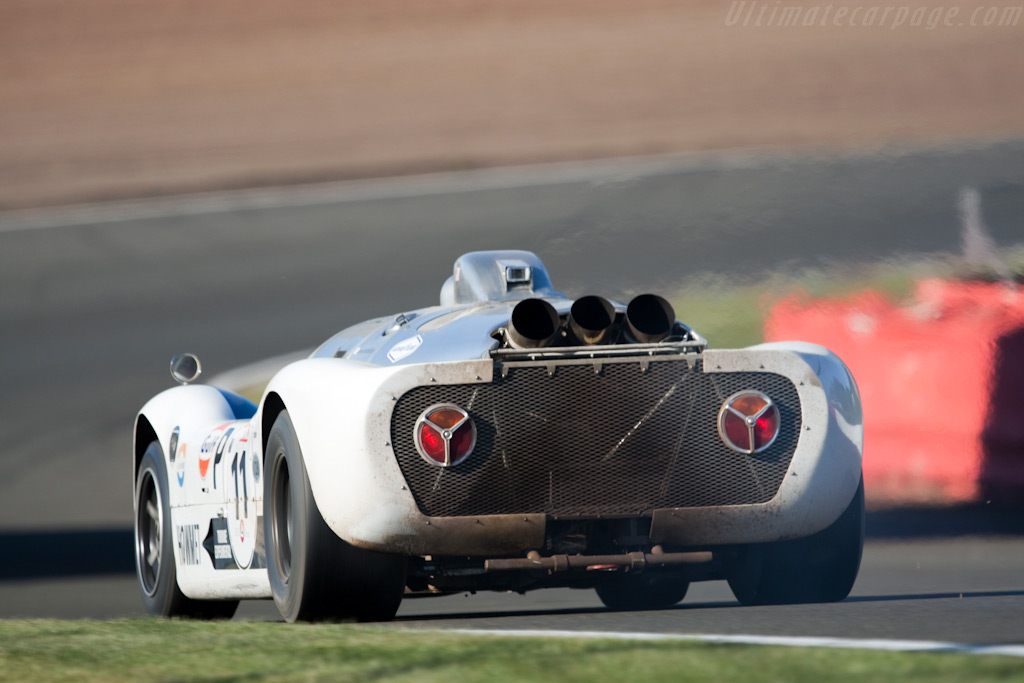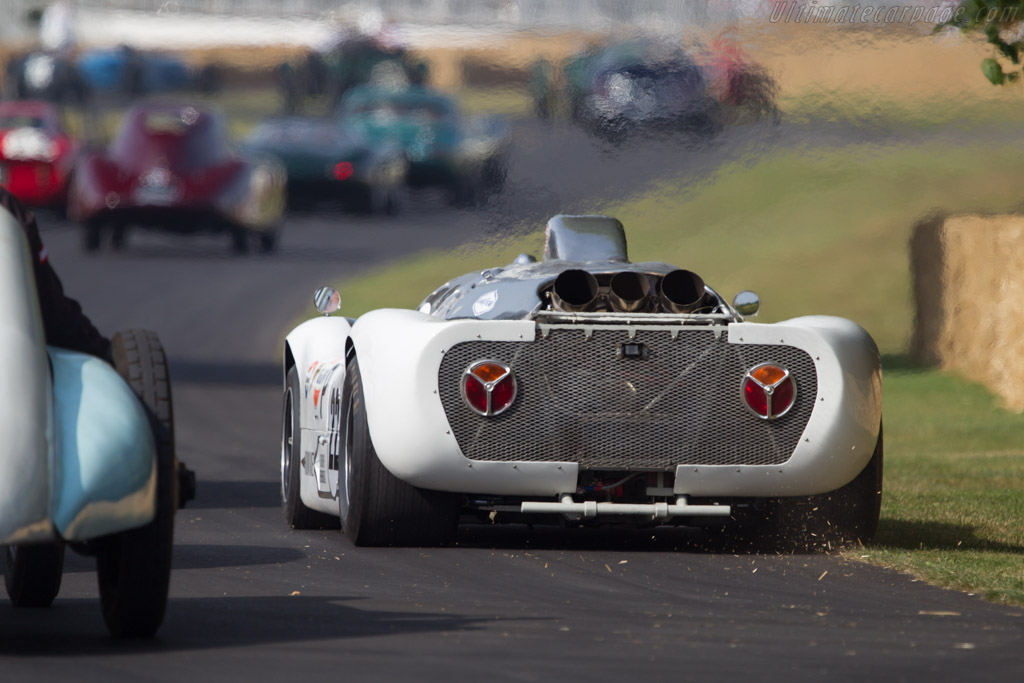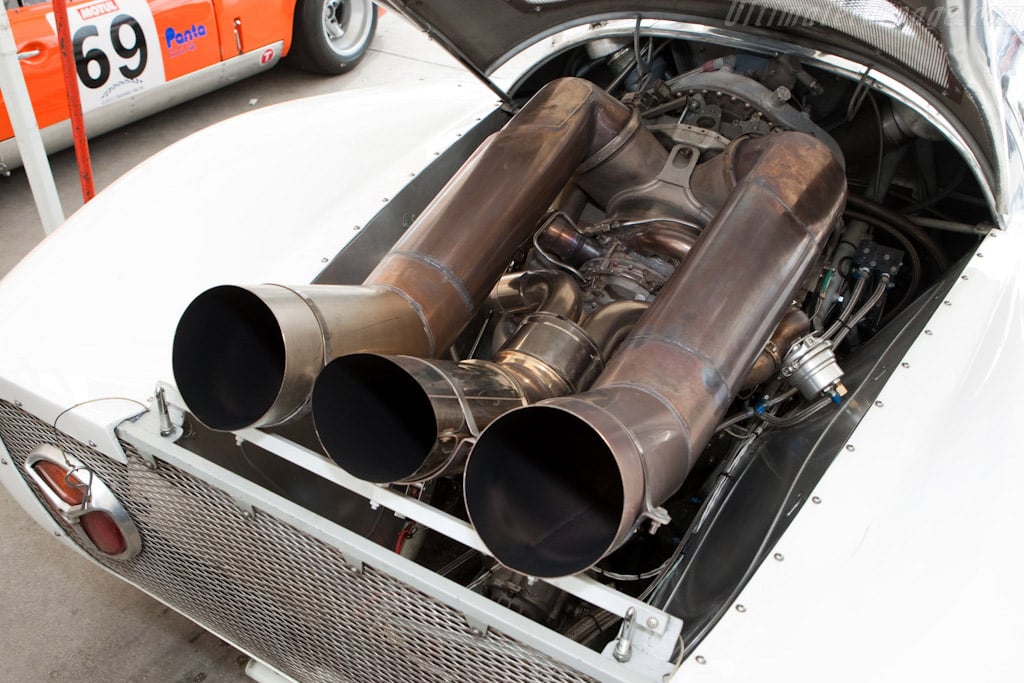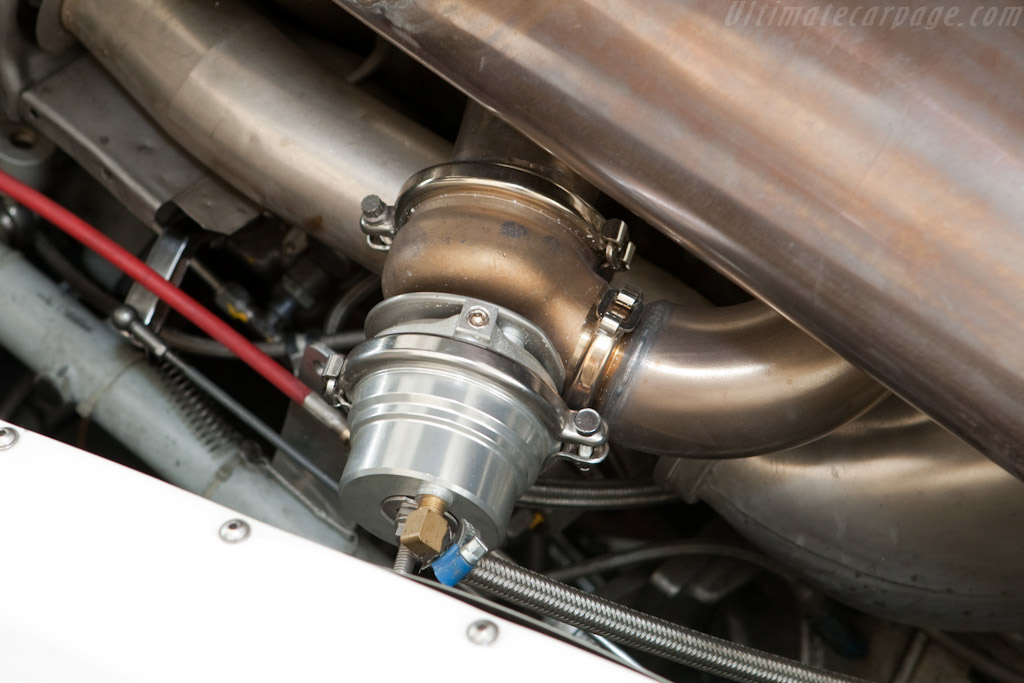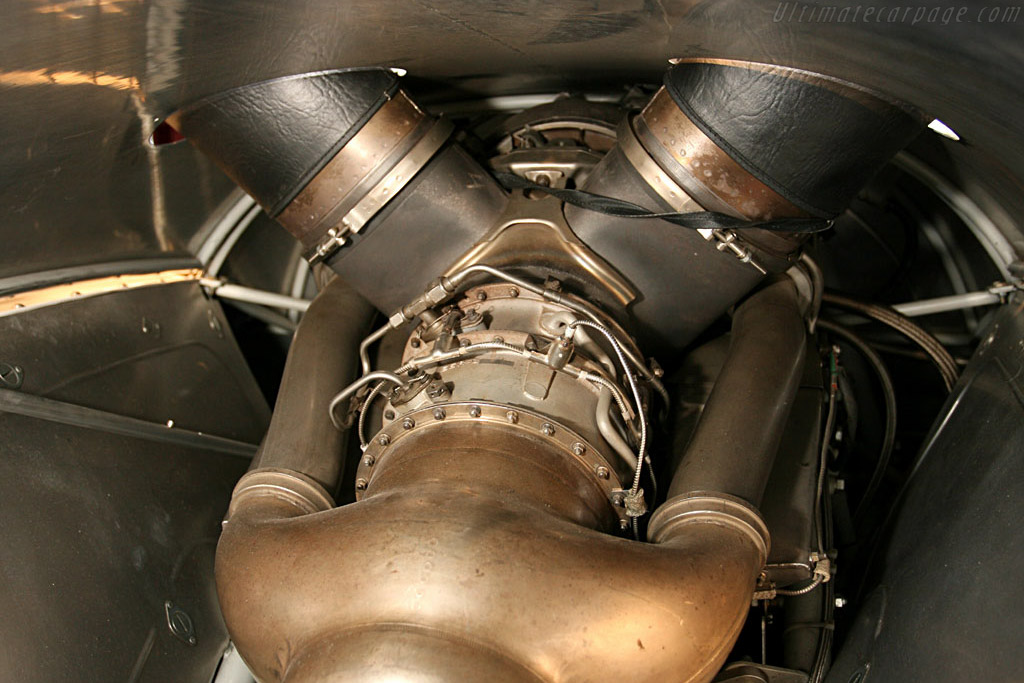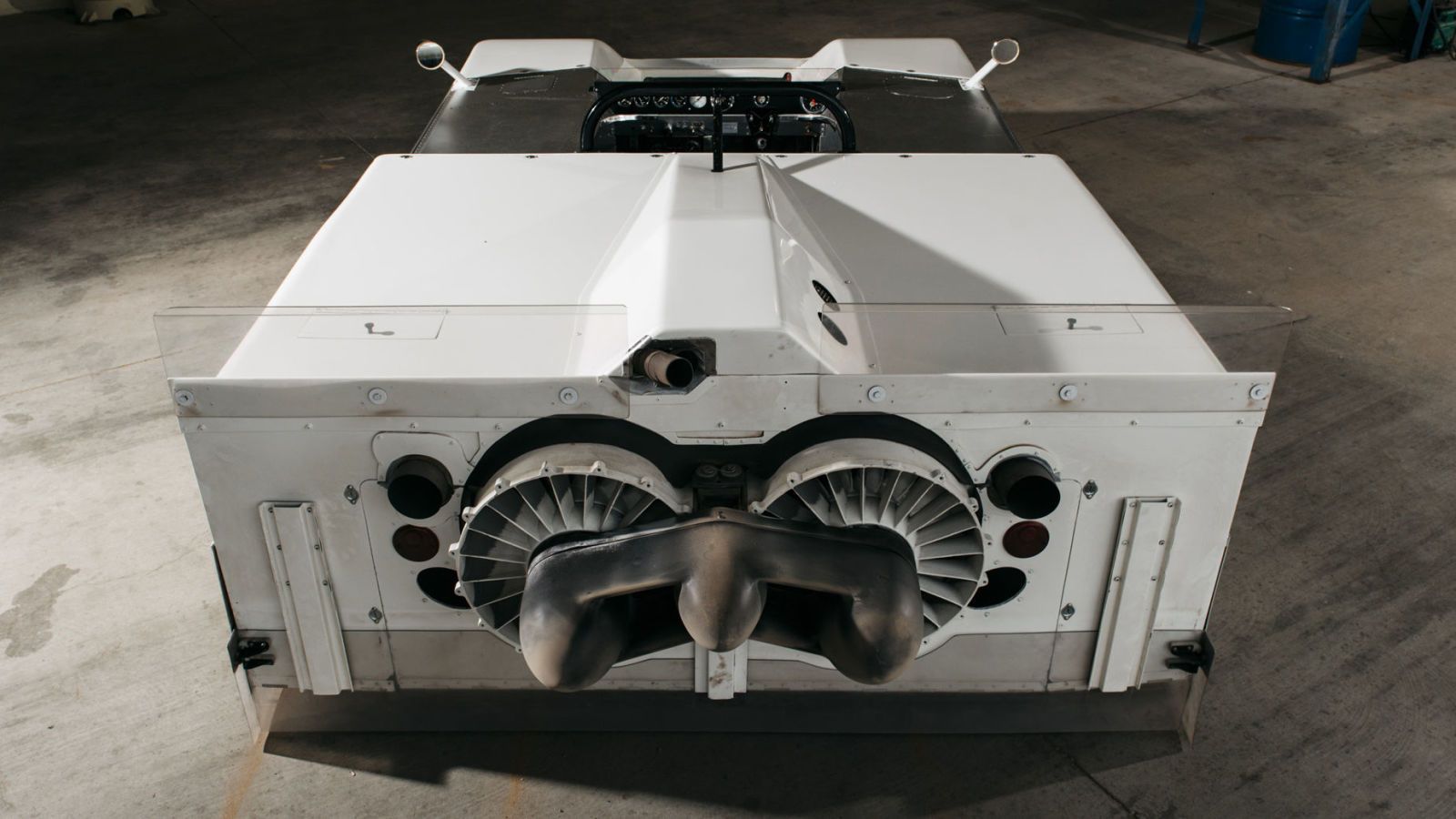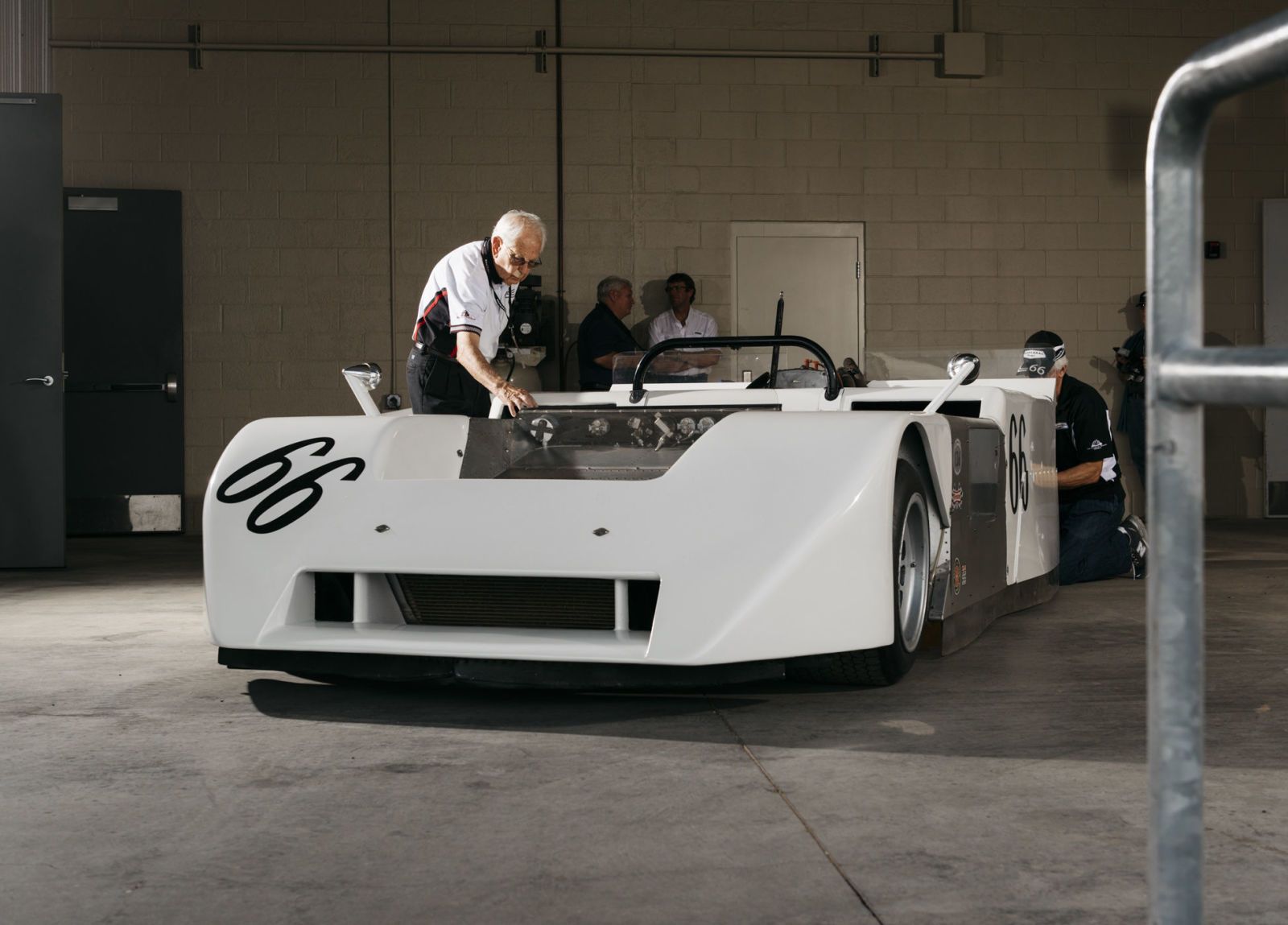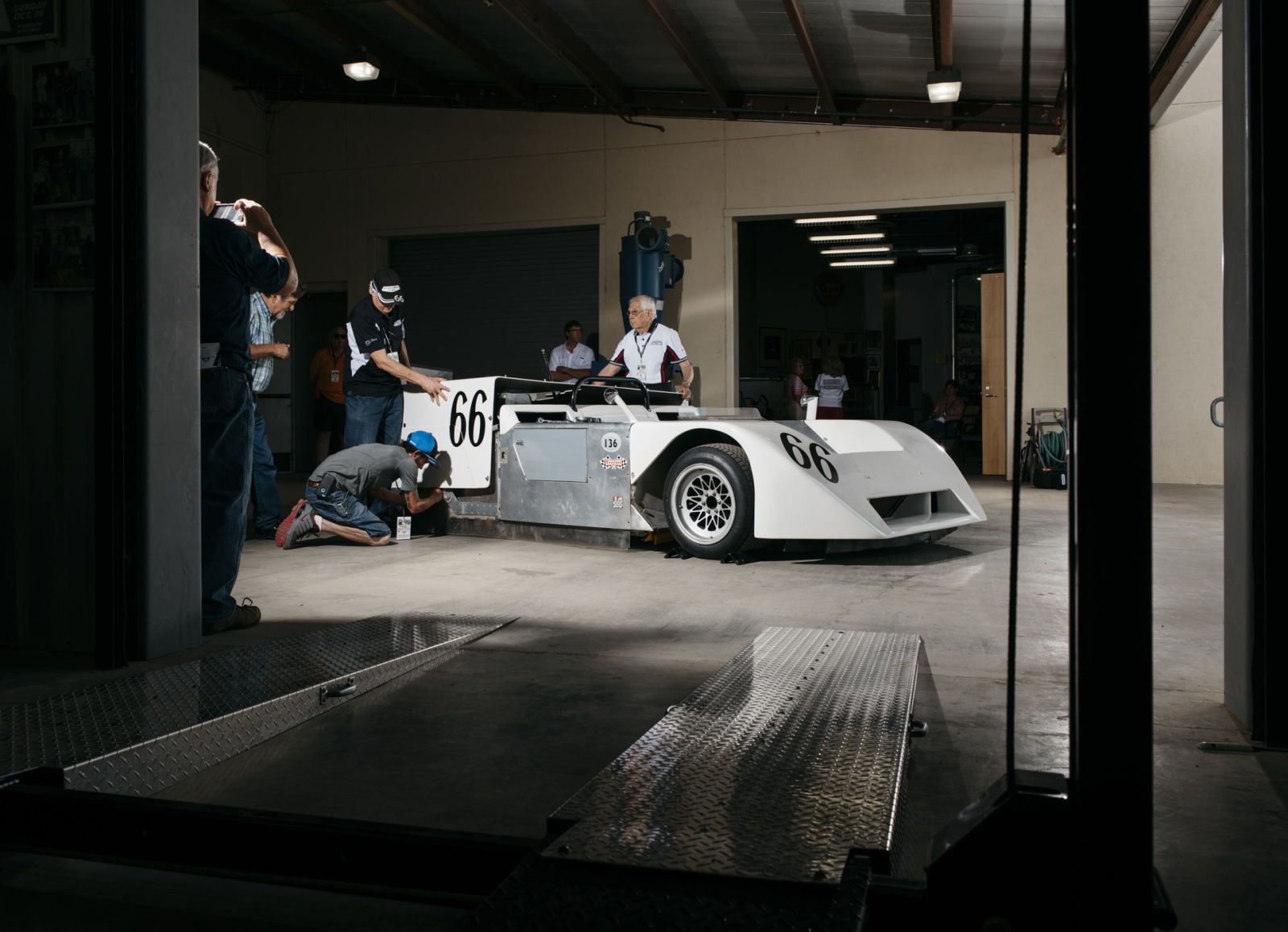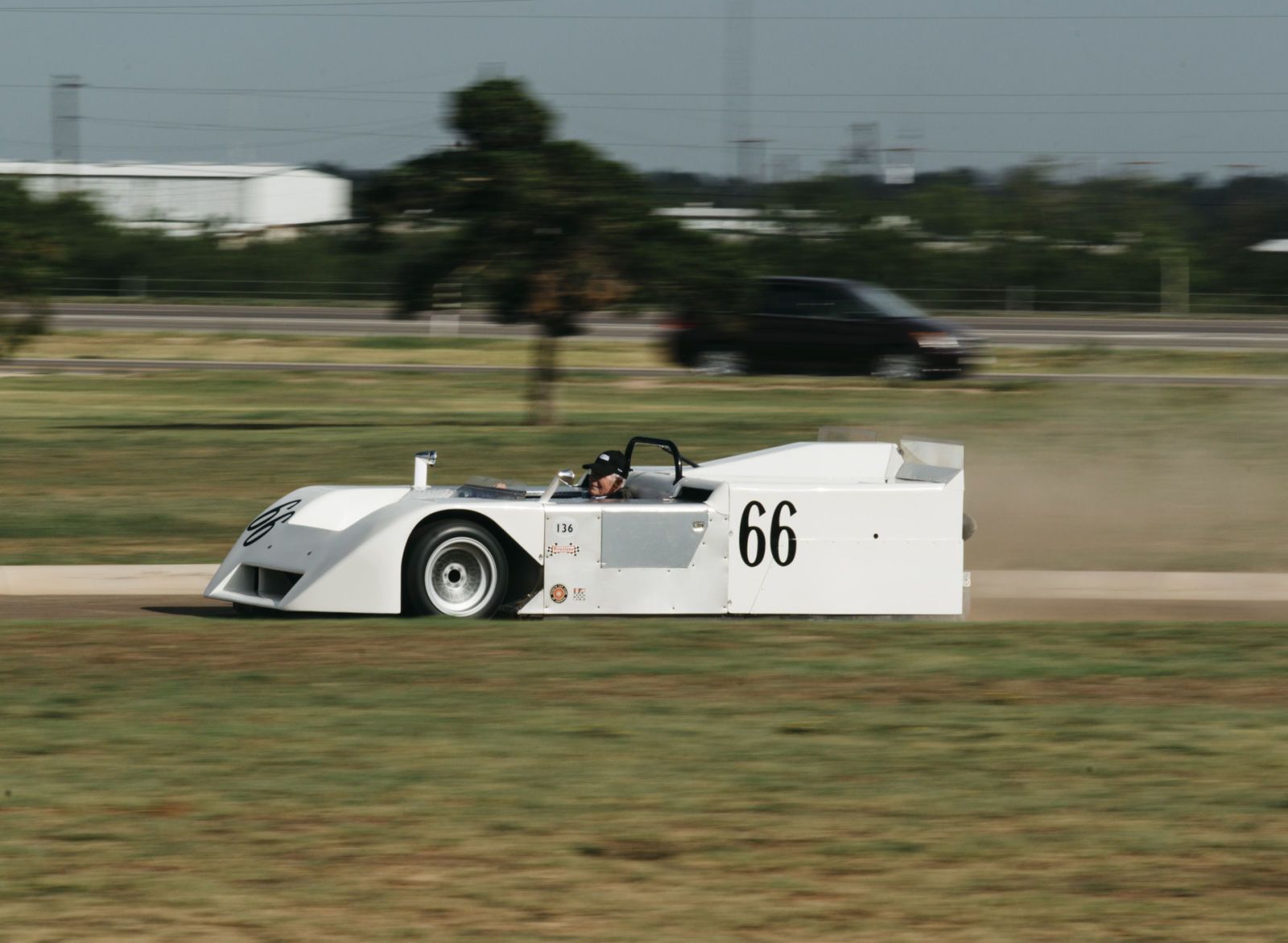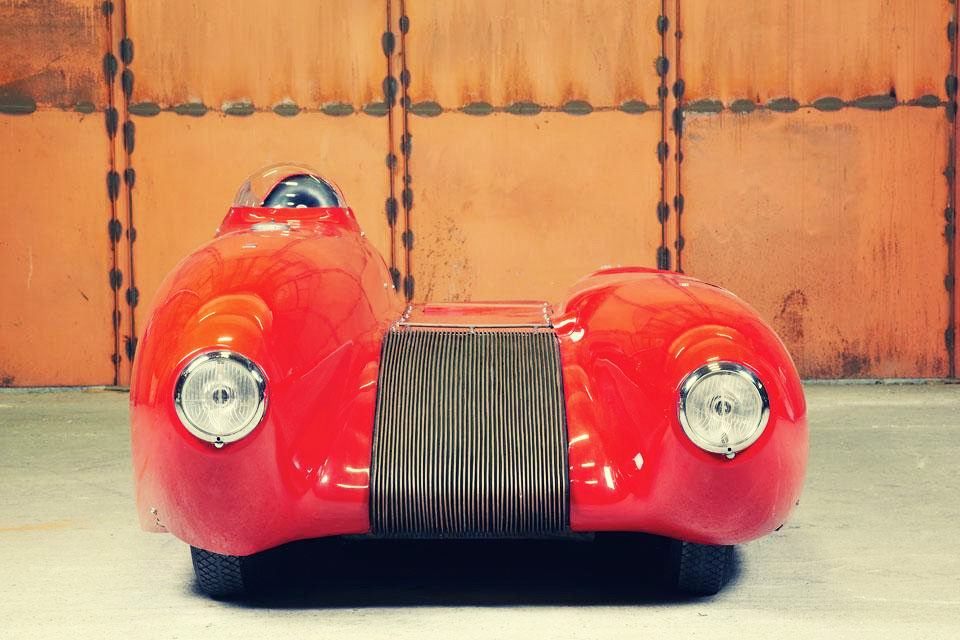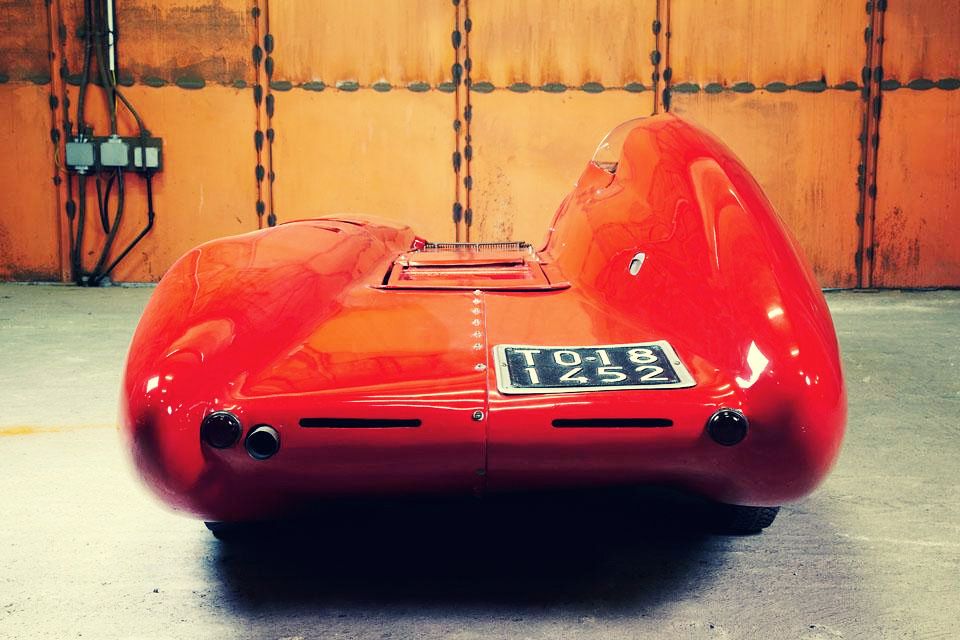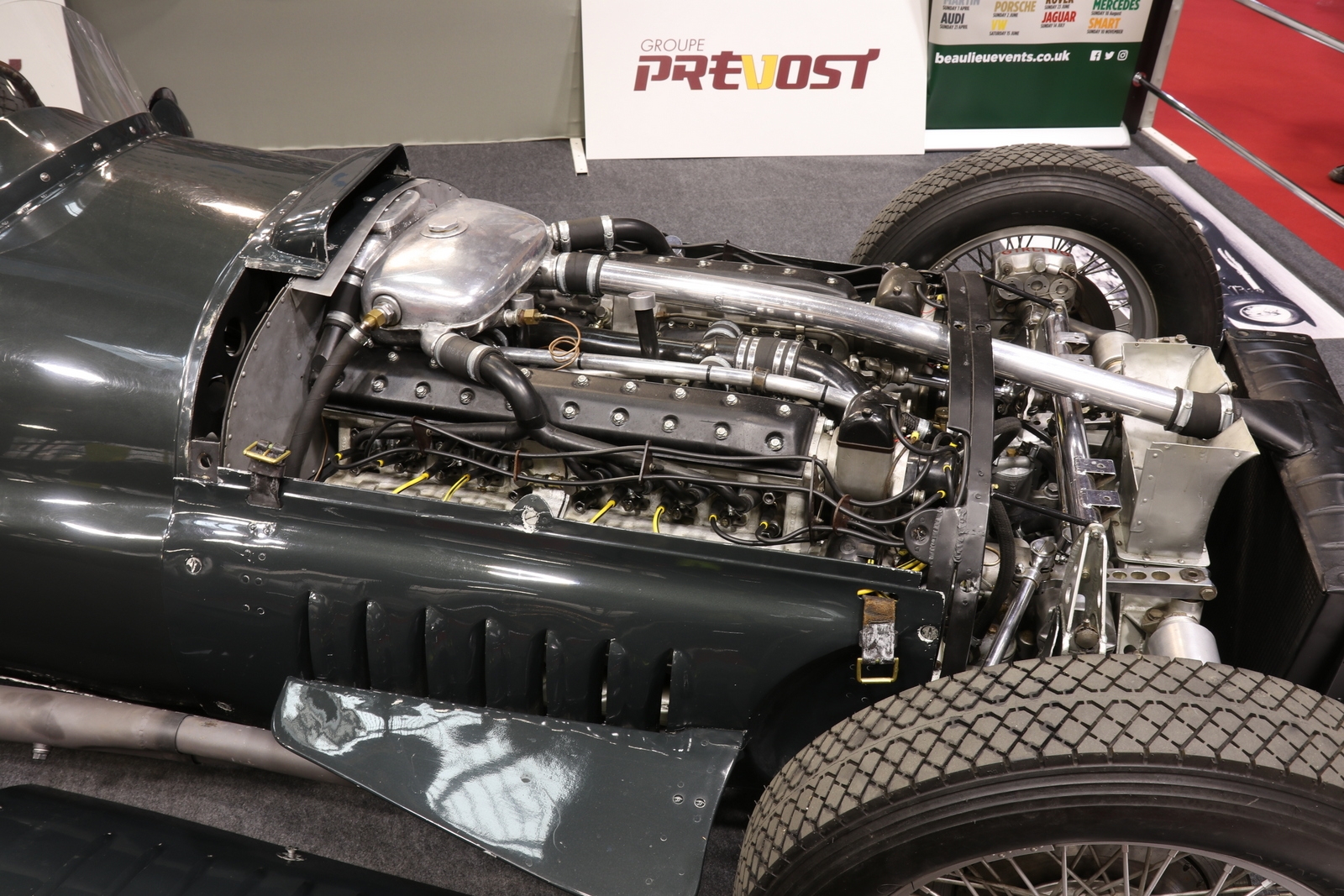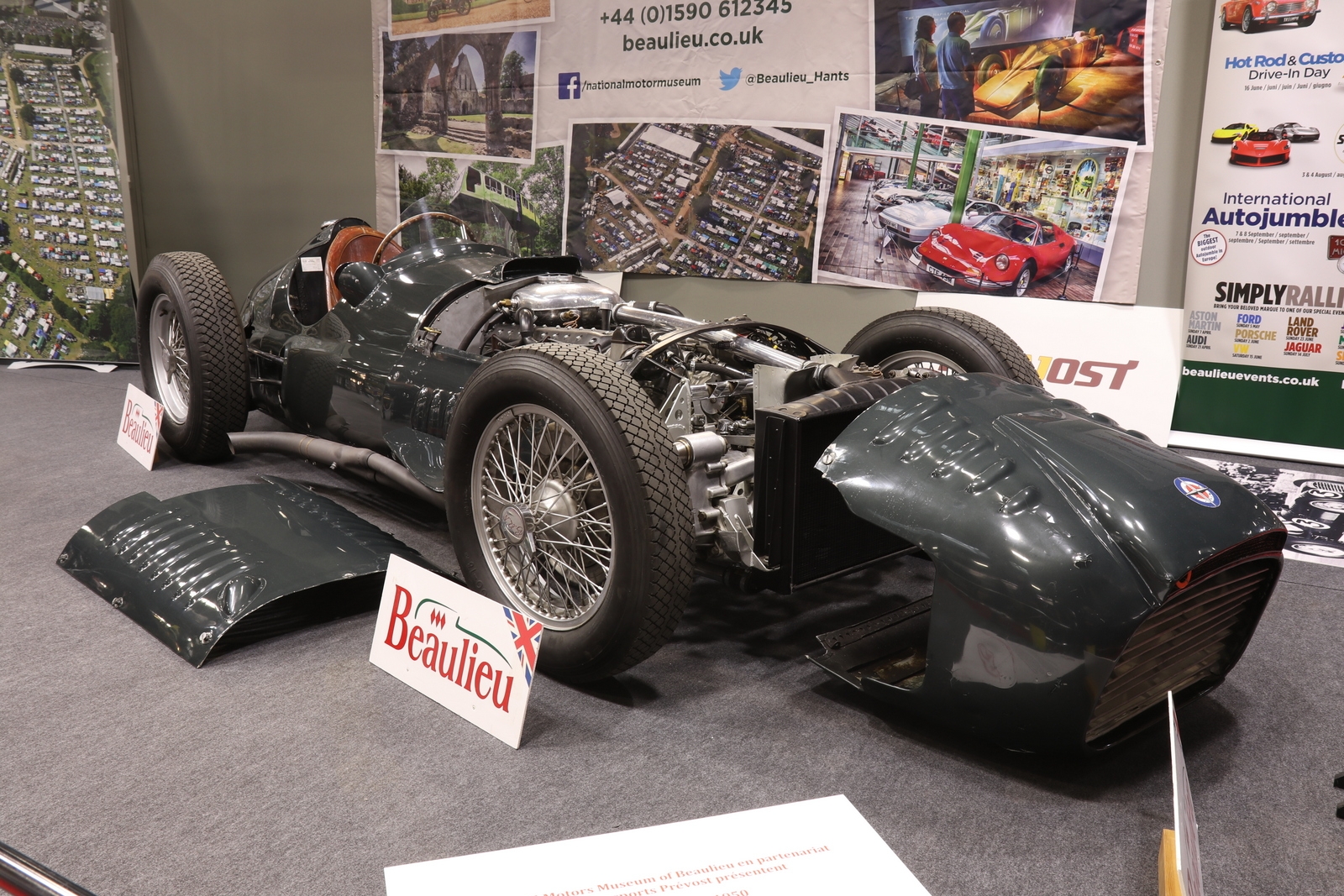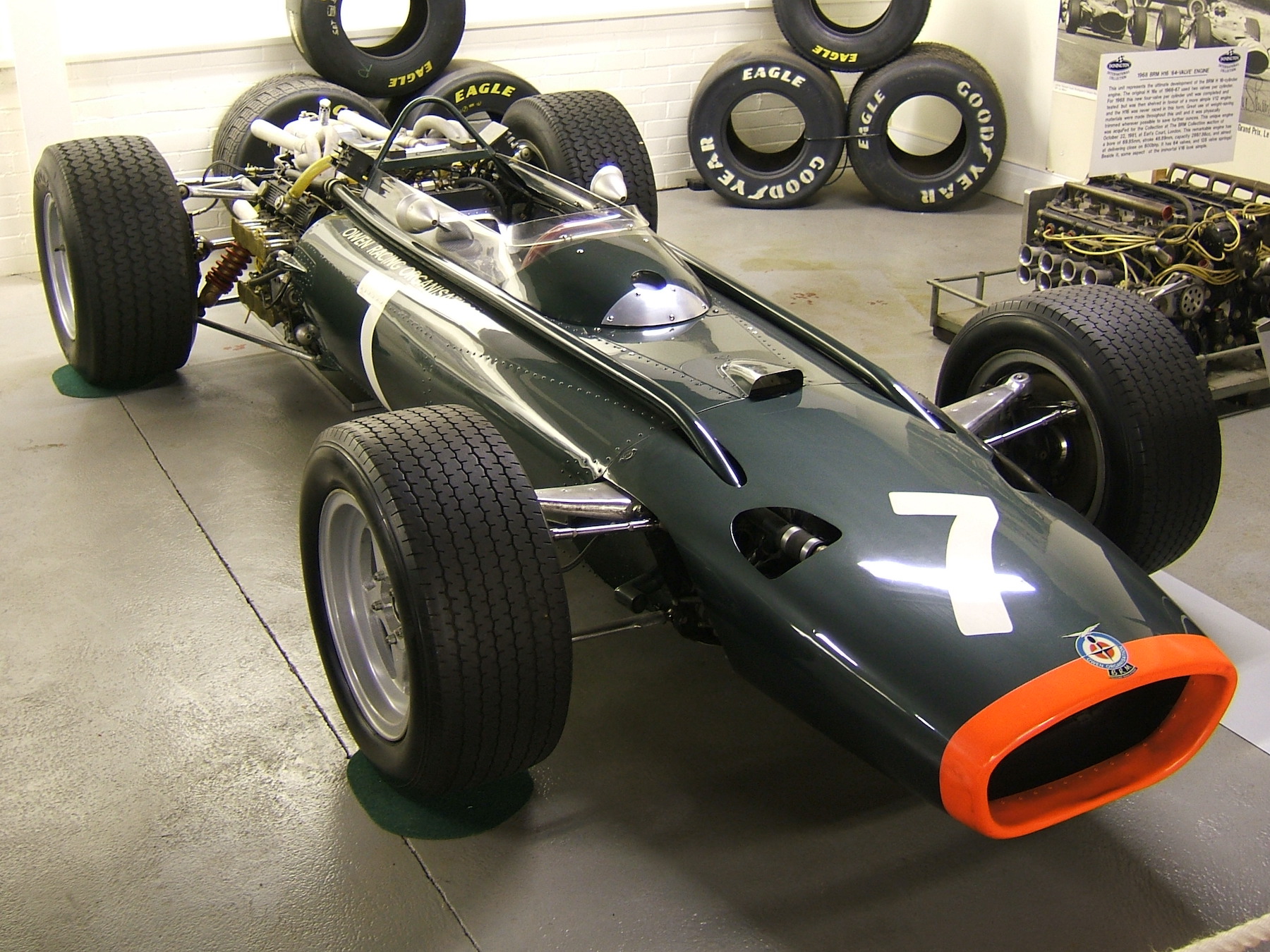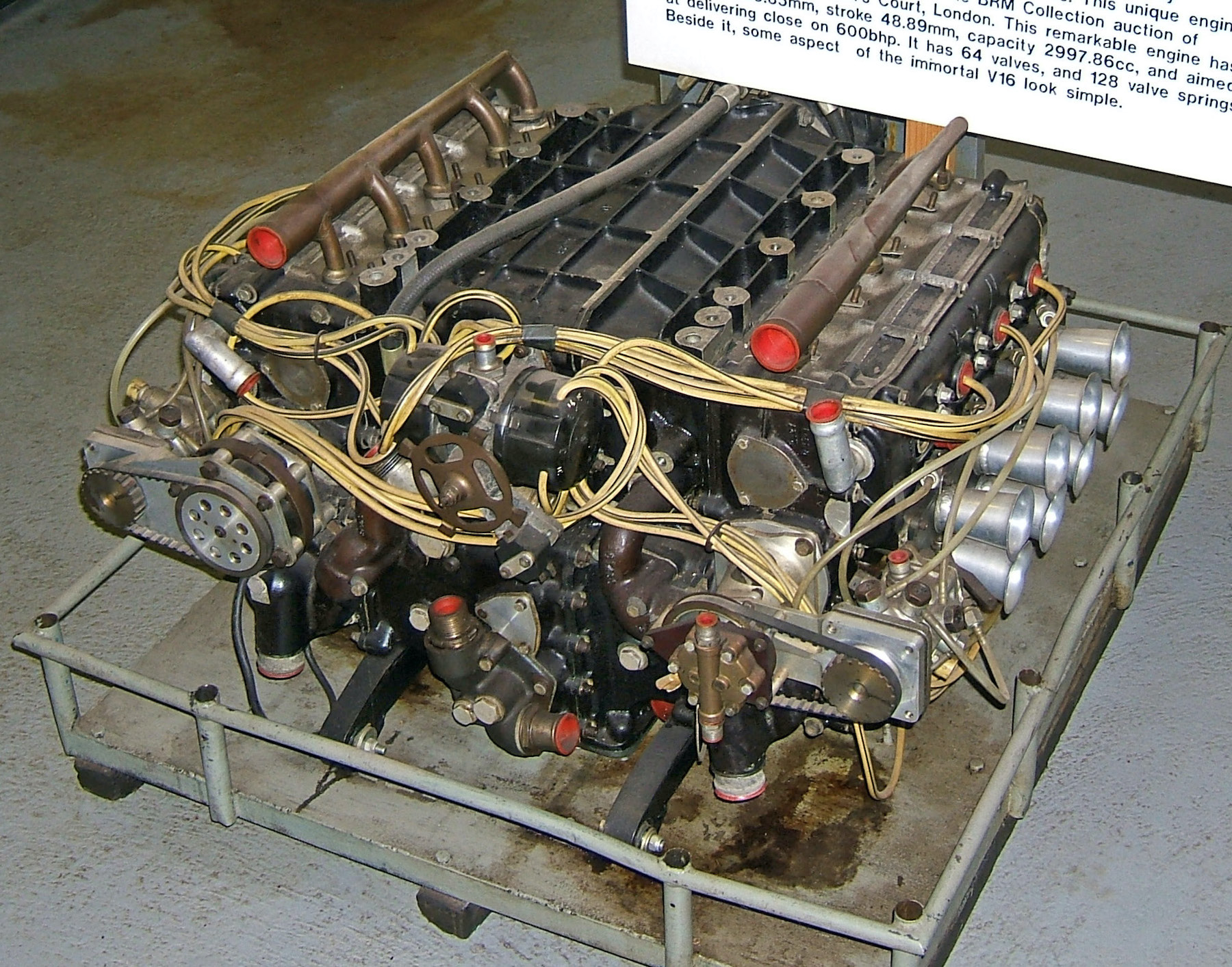Weird and Wonderful Automotive Innovations – Part 1
Sometimes it is brilliant... sometimes it fails.
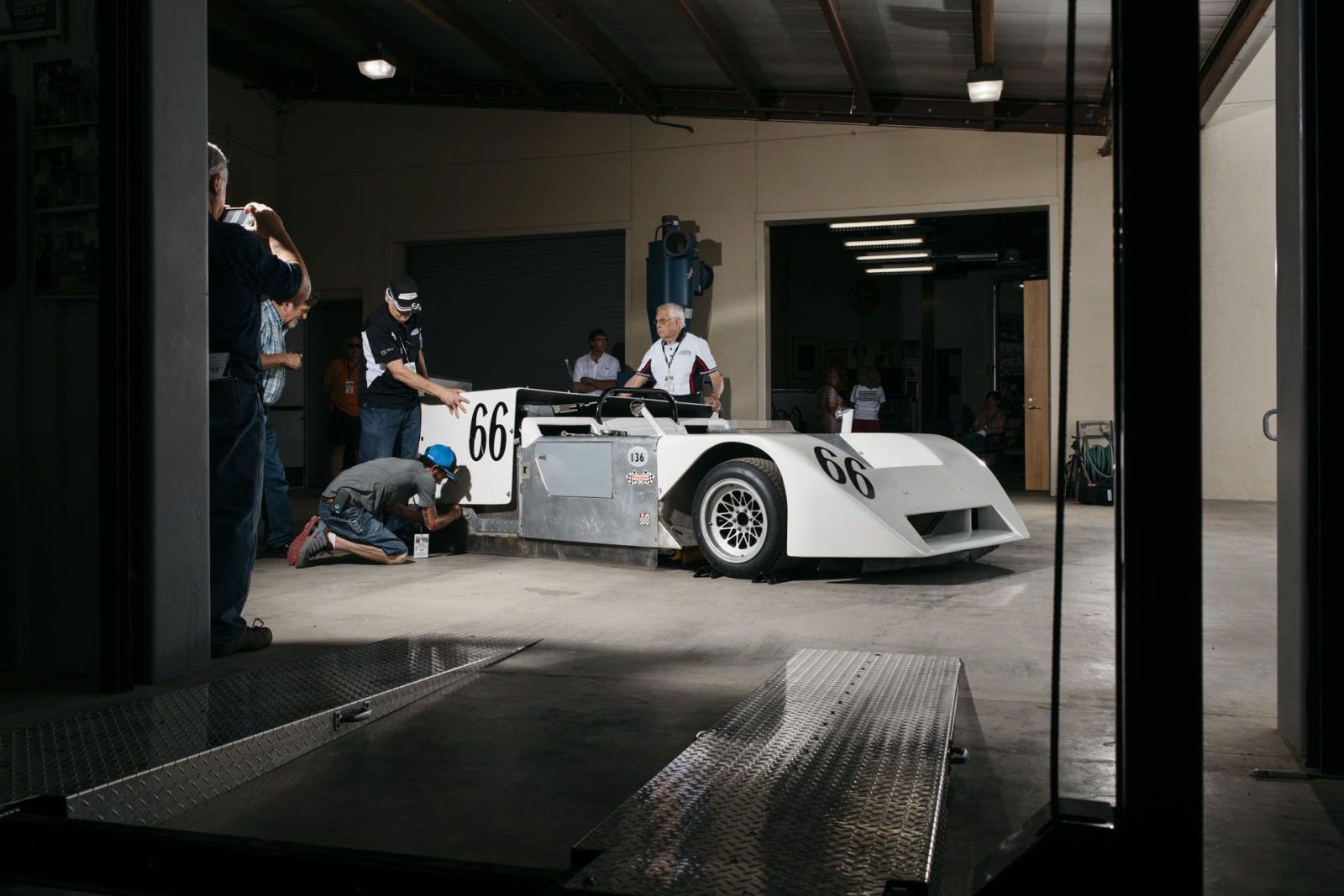
Digging through endless and endless pages of automotive history online, one comes across some rather unusual stories. As people strive to develop the next big thing in cars or racing, for instance, the rulebook is sometimes thrown in the bin and people part ways with conventional methods. Sometimes this results in brilliant, ground-breaking innovations, and sometimes they fail miserably. Today we take a look at some of the most obscure vehicles to ever “grace” a racetrack. It is time for another edition of Petrolhead Corner!
First off, as a big petrolhead myself, I applaud people’s ingenuity and guts to start from a blank page and pursue their dreams, whether it is cars, watches or anything else for that matter. The cars I selected are random picks of some of the most unusual machines I have ever come across. This first part of a three-part series is dedicated exclusively to racing cars.
Howmet TX
You would imagine that a car, whether driven on a public road or on a track, would be powered by a traditional internal combustion engine with pistons, crankshafts etc. And you would be right – for the most part.
Meet the Howmet TX, a prototype racer from the late sixties. Underneath its seemingly unconventional body, there is a twin-turbine helicopter engine. It is comparable in size to a three-litre piston-engine and produces about 380bhp. This doesn’t seem like a whole lot but the car weighed less than 700 kilos so the power to weight ratio was quite impressive.
The car was built on an ex-Can Am race car chassis, with the windshield of a Porsche 906 that was used to dictate the shape of the body. One of the main issues is lag with an engine like this, as it is not intended to slow down for corners. This was solved by an ingenious system that relied on wastegates to bypass the power delivery when braking. The wastegates gradually closed when applying throttle to accelerate. The biggest benefit of the drivetrain was instant power delivery, which meant it needed only one forward gear.
In the end, it proved to be a bit too unreliable to really make an impact. It raced at Le Mans twice, ran the Daytona 24 hours and the Sebring 12 hours, but failed to finish. It did win the Watkins Glen 6 hours though. Check out this 7-minute video of the machine by Petrolicious, with more details and its history found on UltimateCarpage:
Chaparral 2J “Sucker Car”
Of all the cars on this list, this might very well be the most famous of them all. Jim Hall is well known for building some of the most groundbreaking machines in the sixties and seventies, coming up with wild, never-before-seen technology. Often causing a storm among the opposition, they incorporated a HUGE moveable wing on stilts in their 2E, 2F and 2H cars, and went even crazier with their 1970 Chaparral 2J.
The opposition was in for a shock as the 2J took the ground-effect principle to the next level. The 2J had skirts around three-quarters of its bodywork to keep air tucked in underneath the car, an additional two-stroke snowmobile engine to suck the air out from underneath it, and a big 650bhp Chevrolet V8 powering the rear wheels. It ran in the Can-Am championship, a championship with an extremely loose set of rules. As a result, innovations ran wild and the cars became much faster every season. It was a championship with ace drivers behind the wheel of monstrously powerful cars, often quicker than F1 cars on tracks where both ran.
The skirt system was an ingenious one, bolted to the suspension with pulleys and cables. The result was instant downforce at all speeds, without the use of wings. When stationary, turning on the secondary engine would result in the whole car hunkering down about 2 inches, being sucked to the ground. The system looked to be very successful but reliability issues plagued the 2J never achieving the success the team desired. Road & Track offers a comprehensive story on Chaparral and the 2J.
Nardi Bisiluro Damolnar
Imagine seeing a twin-fuselage-like car running down the Mulsanne straight. Engine on the left, driver on the right, looking like a motorized catamaran. Would you believe your eyes? Well, you should because the Nardi Bisiluro Damolnar is pretty much exactly that. Bisiluro translates to twin torpedo from Italian, which seems like an appropriate name for such an odd, asymmetrical machine. Damolnar is derived from the three men behind the project: Mario Dalmonte, Carlo Mollino, Enrico Nardi.
Nardi is famous for the gorgeous wooden steering wheels on various classic cars but used to build racing cars too. Known for a number of strange designs, the Bisiluro is by far the most “out there”. Details like an ovoid-shaped steering wheel, a flat aeroplane radiator and a motorcycle engine are just a few of its quirks.
In 1955, this lightweight and very small machine was lined on the grid with Jaguar D-types, Mercedes 300 SLR’s, Aston Martin DB3S and other far more powerful machines. Its 750CC BMW motorcycle engine produced only about 60 horsepower. Based on the chassis of a Fiat 500 no less, the 1955 Le Mans 24 hour race did not go well for this machine. Legend has it that a Jaguar D-type kicked up so much turbulence when lapping the Nardo it got blown off track, and crashed. Road & Track once again has the full background on this weird little machine.
BRM V16 & H16
Formula 1 has almost always been at the forefront of technological developments and has seen its fair share of weird and wonderful ideas. The constructor British Racing Motors, or BRM for short, was active from the late forties to the mid-seventies with varying degrees of success. Their crown achievement was a double world championship in 1962. They ran cars that were fitted with a 1.5 litre V16 or even an H16 engine. All seriously powerful, but seriously complex machines, that came with serious reliability issues.
The BRM 1.5 litre V16 was developed shortly after the war, and in essence, is two 750cc V8’s joined together. It also happened to be twin-supercharged, and the engine would deliver around 600 horsepower with a redline of 12,000 rpm. The audio clip below is taken from the CD that came with Nick Mason’s book Into the Red where it is being pushed hard at Donington Park. It just makes the most incredible, un-godly sound you can imagine! More info on the car can be found in this article on DriveTribe.
The BRM H16 is even more unusual. Most engines we know are inline, V-shaped or boxer engines, all quite common to the public. BRM’s in-house developed H16 is something very different. Without getting too technical, it is built by flattening the V in two BRM V8’s and stacking them atop each other, creating a flattened V8 sandwich according to this DriveTribe article. The engine was run by BRM and Lotus but once again proved an unreliable, heavy, unstable concept. It did manage to win the 1966 USA Grand Prix with Jim Clark behind the wheel of the Lotus-BRM 43.

